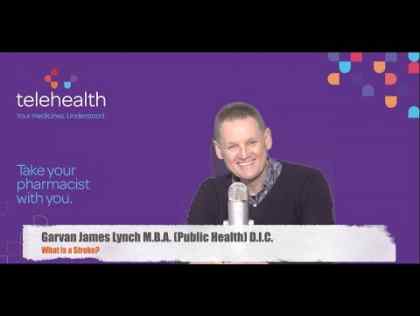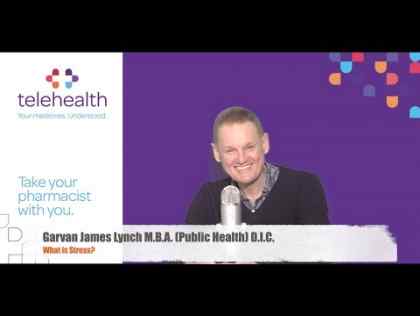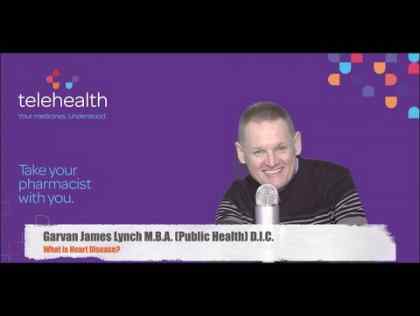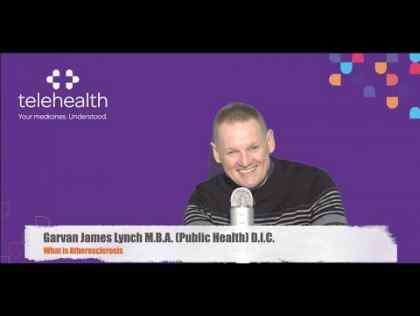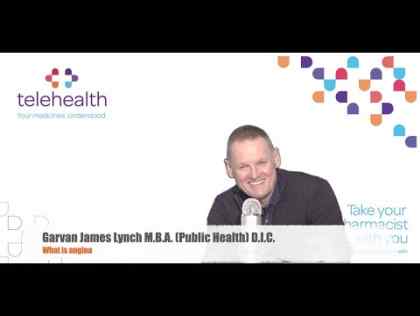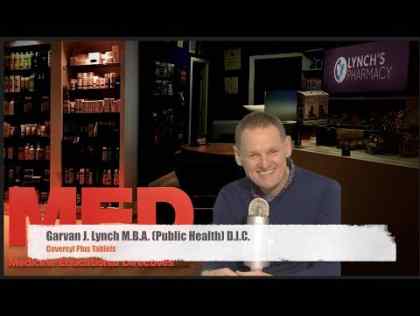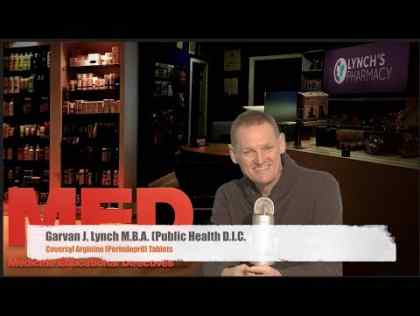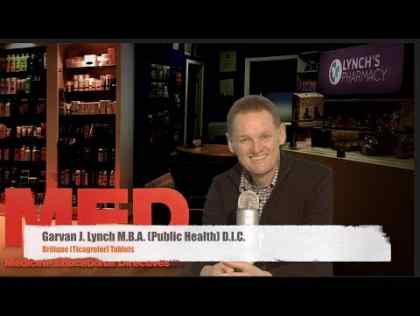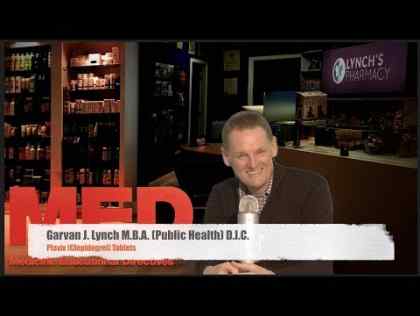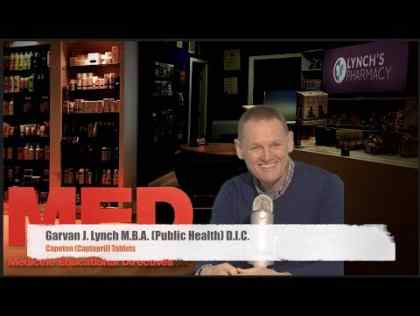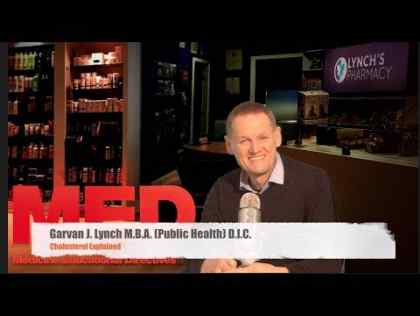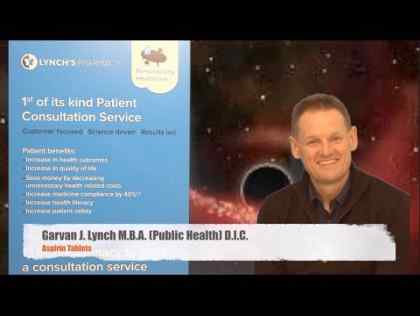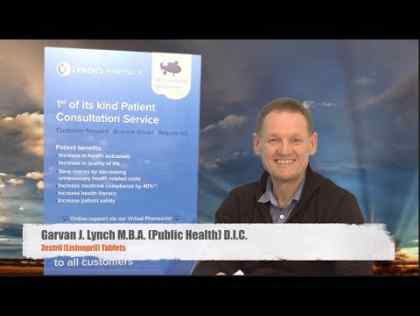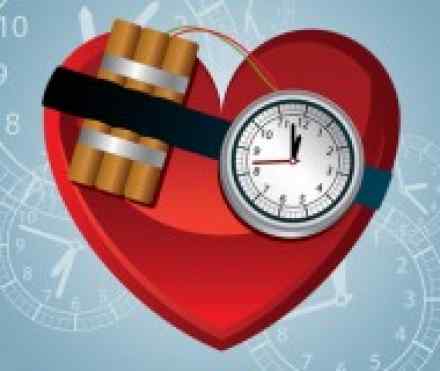
What is it?
- A heart attack usually occurs when a blood clot blocks the flow of blood through a coronary artery — a blood vessel that feeds blood to a part of the heart muscle. Interrupted blood flow to your heart can damage or destroy a part of the heart muscle.
- A heart attack, also called a myocardial infarction, was often fatal. Thanks to better awareness of heart attack signs and symptoms and improved treatments, most people who have a heart attack now survive.
- Your overall lifestyle — what you eat, how often you exercise and the way you deal with stress — plays a role in your recovery from a heart attack.
Symptoms
Common heart attack symptoms include:
- Pressure, a feeling of fullness or a squeezing pain in the center of your chest that lasts for more than a few minutes
- Pain extending beyond your chest to your shoulder, arm, back, or even to your teeth and jaw
- Increasing episodes of chest pain
- Prolonged pain in the upper abdomen
- Shortness of breath
- Sweating
- Impending sense of doom
- Fainting
- Nausea and vomiting
Additional, or different, heart attack symptoms in women may include:
Heart attack symptoms vary
Not all people who have heart attacks experience the same symptoms or experience them to the same degree. Many heart attacks aren't as dramatic as the ones you've seen on TV. Some people have no symptoms at all. Still, the more signs and symptoms you have, the greater the likelihood that you may be having a heart attack.
A heart attack can occur anytime — at work or play, while you're resting, or while you're in motion. Some heart attacks strike suddenly, but many people who experience a heart attack have warning signs and symptoms hours, days or weeks in advance. The earliest warning of a heart attack may be recurrent chest pain (angina) that's triggered by exertion and relieved by rest. Angina is caused by a temporary decrease in blood flow to the heart.
Many people confuse a heart attack with a condition in which your heart suddenly stops (sudden cardiac arrest). A heart attack is different from sudden cardiac arrest, which occurs when an electrical disturbance in your heart disrupts its pumping action and causes blood to stop flowing to the rest of your body.
Causes
A heart attack occurs when one or more of the arteries supplying your heart with oxygen-rich blood (coronary arteries) become blocked. Over time, a coronary artery can become narrowed from the buildup of cholesterol. This buildup — collectively known as plaques — in arteries throughout the body is called atherosclerosis.
During a heart attack, one of these plaques can rupture and a blood clot forms on the site of the rupture. If the clot is large enough, it can block the flow of blood through the artery. When your coronary arteries have narrowed due to atherosclerosis, the condition is known as coronary artery disease. Coronary artery disease is the major underlying cause of heart attacks.
An uncommon cause of a heart attack is a spasm of a coronary artery that shuts down blood flow to part of the heart muscle. Drugs, such as cocaine, can cause such a life-threatening spasm.
A heart attack is the end of a process that typically evolves over several hours. With each passing minute, more heart tissue is deprived of blood and deteriorates or dies. However, if blood flow can be restored in time, damage to the heart can be limited or prevented.
Risk factors
Certain factors contribute to the unwanted buildup of fatty deposits (atherosclerosis) that narrow arteries throughout your body, including arteries to your heart. You can improve or eliminate many of these risk factors to reduce your chances of having a first or second heart attack.
Heart attack risk factors include:
- Age. Men who are 45 or older and women who are 55 or older are more likely to have a heart attack than younger men and women.
- Tobacco. Smoking and long-term exposure to secondhand smoke damage the interior walls of arteries — including arteries to your heart — allowing deposits of cholesterol and other substances to collect and slow blood flow. Smoking also increases the risk of deadly blood clots forming and causing a heart attack.
- Diabetes. Diabetes is the inability of your body to adequately produce or respond to insulin properly. Insulin, a hormone secreted by your pancreas, allows your body to use glucose, which is a form of sugar from foods. Diabetes can occur in childhood, but it appears more often in middle age and among overweight people. Diabetes greatly increases your risk of a heart attack.
- High blood pressure. Over time, high blood pressure can damage arteries that feed your heart by accelerating atherosclerosis. The risk of high blood pressure increases as you age, but the main culprits for most people are eating a diet too high in salt and being overweight. High blood pressure can also be an inherited problem.
- High blood cholesterol or triglyceride levels. Cholesterol is a major part of the deposits that can narrow arteries throughout your body, including those that supply your heart. A high level of the wrong kind of cholesterol in your blood increases your risk of a heart attack. Low-density lipoprotein (LDL) cholesterol (the "bad" cholesterol) is most likely to narrow arteries. A high LDL level is undesirable and is often a result of a diet high in saturated fats and cholesterol. A high level of triglycerides, a type of blood fat related to your diet, also is undesirable. However, a high level of high-density lipoprotein (HDL) cholesterol (the "good" cholesterol), which helps the body clean up excess cholesterol, is desirable and lowers your risk of heart attack.
- Family history of heart attack. If your siblings, parents or grandparents have had heart attacks, you may be at risk, too. Your family may have a genetic condition that raises unwanted blood cholesterol levels. High blood pressure also can run in families.
- Lack of physical activity. An inactive lifestyle contributes to high blood cholesterol levels and obesity. People who get regular aerobic exercise have better cardiovascular fitness, which decreases their overall risk of heart attack. Exercise is also beneficial in lowering high blood pressure.
- Obesity. Obese people have a high proportion of body fat (a body mass index of 30 or higher). Obesity raises the risk of heart disease because it's associated with high blood cholesterol levels, high blood pressure and diabetes.
- Stress. You may respond to stress in ways that can increase your risk of a heart attack. If you're under stress, you may overeat or smoke from nervous tension. Too much stress, as well as anger, can also raise your blood pressure.
- Illegal drug use. Using stimulant drugs, such as cocaine or amphetamines, can trigger a spasm of your heart muscle that causes a heart attack.
Complications
Heart attack complications are often related to the damage done to your heart during a heart attack. This damage can lead to the following conditions:
- Abnormal heart rhythms (arrhythmias). If your heart muscle is damaged from a heart attack, electrical "short circuits" can develop resulting in abnormal heart rhythms, some of which can be serious, even fatal.
- Heart failure. The amount of damaged tissue in your heart may be so great that the remaining heart muscle can't do an adequate job of pumping blood out of your heart. This decreases blood flow to tissues and organs throughout your body and may produce shortness of breath, fatigue, and swelling in your ankles and feet. Heart failure may be a temporary problem that goes away after your heart, which has been stunned by a heart attack, recovers over a few days to weeks. However, it can also be a chronic condition resulting from extensive and permanent damage to your heart following your heart attack.
- Heart rupture. Areas of heart muscle weakened by a heart attack can rupture, leaving a hole in part of the heart. This rupture is often fatal.
- Valve problems. Heart valves damaged during a heart attack may develop severe, life-threatening leakage problems.
Diagnosis
Ideally, your doctor should screen you during regular physical exams for risk factors that can lead to a heart attack.
If you're having a heart attack or suspect you're having one, your diagnosis will likely happen in an emergency setting. You'll be asked to describe your symptoms and will have your blood pressure, pulse and temperature checked. You'll be hooked up to a heart monitor and will almost immediately start to have tests done to see if you are indeed having a heart attack.
The medical staff will listen to your heart and lung sounds with a stethoscope. You'll be asked about your health history and the history of heart disease in your family. The tests your doctors order will help check if your signs and symptoms, such as chest pain, signal a heart attack or another condition. These tests include:
- Electrocardiogram (ECG). This is the first test done to diagnose a heart attack. It's often done while you are being asked questions about your symptoms. This test records the electrical activity of your heart via electrodes attached to your skin. Impulses are recorded as "waves" displayed on a monitor or printed on paper. Because injured heart muscle doesn't conduct electrical impulses normally, the ECG may show that a heart attack has occurred or is in progress.
- Blood tests. Certain heart enzymes slowly leak out into your blood if your heart has been damaged by a heart attack. Emergency room doctors will take samples of your blood to test for the presence of these enzymes.
Additional tests
If you've had a heart attack or one is occurring, doctors will take immediate steps to treat your condition. You may also undergo these additional tests:
- Chest X-ray. An X-ray image of your chest allows your doctor to check the size and shape of your heart and its blood vessels.
- Echocardiogram. This test uses sound waves to produce an image of your heart. During an echocardiogram, sound waves are directed at your heart from a transducer, a wand-like device, held on your chest. The sound waves bounce off your heart and are reflected back through your chest wall and processed electronically to provide video images of your heart. An echocardiogram can help identify whether an area of your heart has been damaged by a heart attack and isn't pumping normally or at peak capacity.
- Nuclear scan. This test helps identify blood flow problems to your heart. Small amounts of radioactive material are injected into your bloodstream. Special cameras can detect the radioactive material as it flows through your heart and lungs. Areas of reduced blood flow to the heart muscle — through which less of the radioactive material flows — appear as dark spots on the scan.
- Coronary catheterization (angiogram). This test can show if your coronary arteries are narrowed or blocked. A liquid dye is injected into the arteries of your heart through a long, thin tube (catheter) that's fed through an artery, usually in your leg, to the arteries in your heart. As the dye fills your arteries, the arteries become visible on X-ray, revealing areas of blockage. Additionally, while the catheter is in position, your doctor may treat the blockage by performing an angioplasty, also known as coronary artery balloon dilation, balloon angioplasty and percutaneous coronary intervention. Angioplasty uses tiny balloons threaded through a blood vessel and into a coronary artery to widen the blocked area. In most cases, a mesh tube (stent) is also placed inside the artery to hold it open more widely and prevent re-narrowing in the future.
- Exercise stress test. In the days or weeks following your heart attack, you may also undergo a stress test. Stress tests measure how your heart and blood vessels respond to exertion. You may walk on a treadmill or pedal a stationary bike while attached to an ECG machine. Or you may receive a drug intravenously that stimulates your heart similar to exercise. Stress tests help doctors decide the best long-term treatment for you. If your doctor also wants to see images of your heart while you're exercising, he or she may order a nuclear stress test, which is similar to an exercise stress test, but uses an injected dye and special imaging techniques.
- Cardiac computerized tomography (CT) or magnetic resonance imaging (MRI). These tests can be used to diagnose heart problems, including the extent of damage from heart attacks. In a cardiac CT scan, you lie on a table inside a doughnut-shaped machine. An X-ray tube inside the machine rotates around your body and collects images of your heart and chest. In a cardiac MRI, you lie on a table inside a long tube-like machine that produces a magnetic field. The magnetic field aligns atomic particles in some of your cells. When radio waves are broadcast toward these aligned particles, they produce signals that vary according to the type of tissue they are. The signals create images of your heart.
References:
https://en.wikipedia.org/wiki/Myocardial_infarction
https://www.irishheart.ie/iopen24/heart-attack-t-7_19_61.html
https://www.irishheart.ie/iopen24/facts-heart-disease-stroke-t-7_18.html
http://www.nhlbi.nih.gov/health/health-topics/topics/heartattack
http://www.medicinenet.com/heart_attack/article.htm

